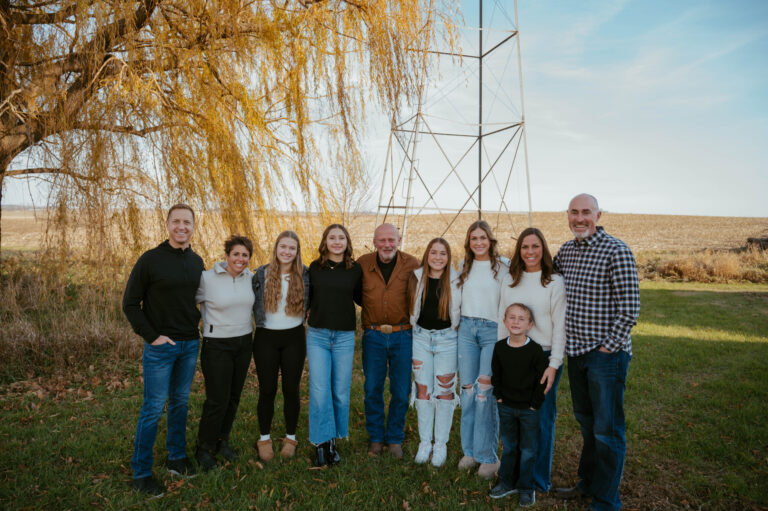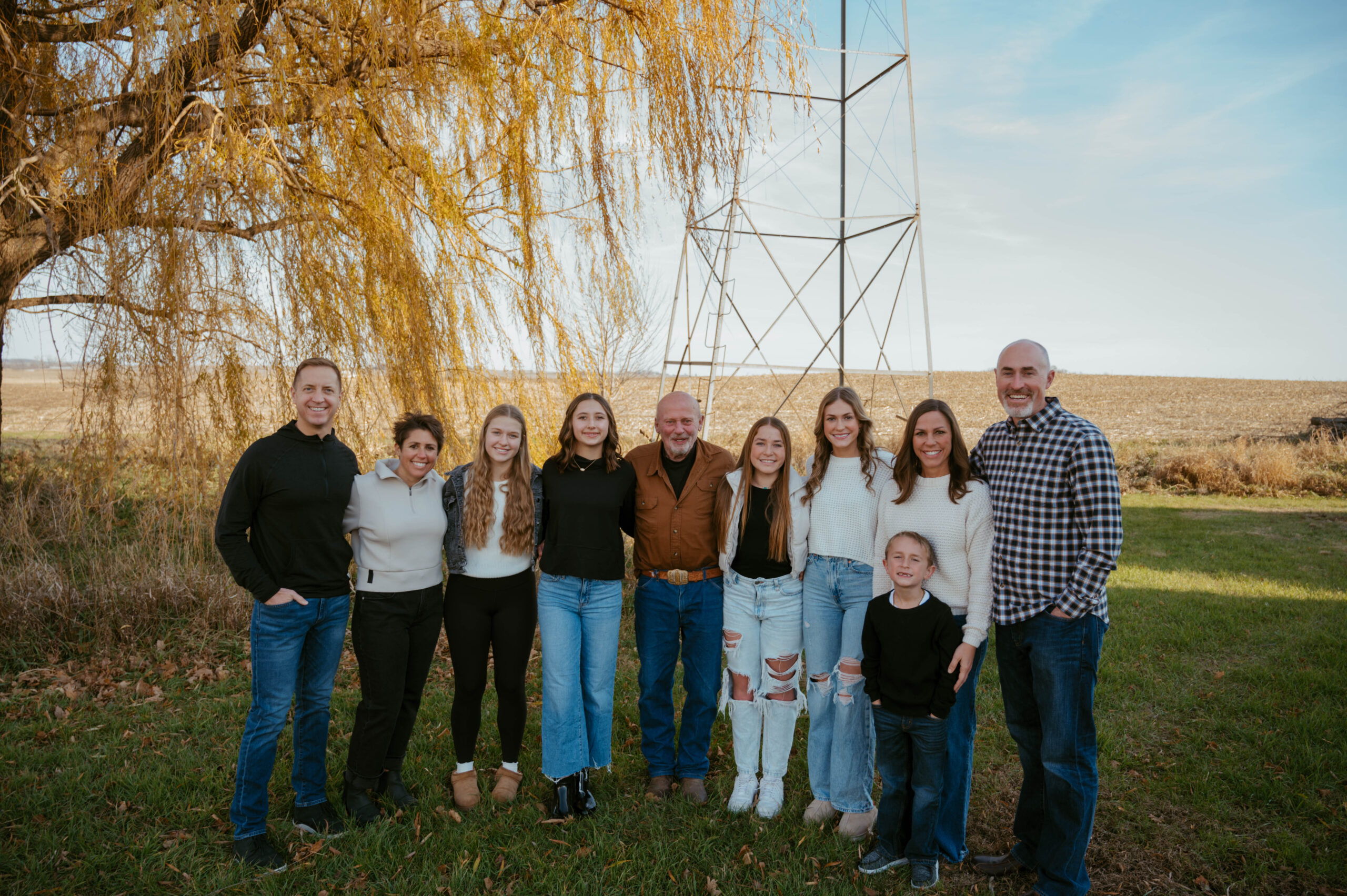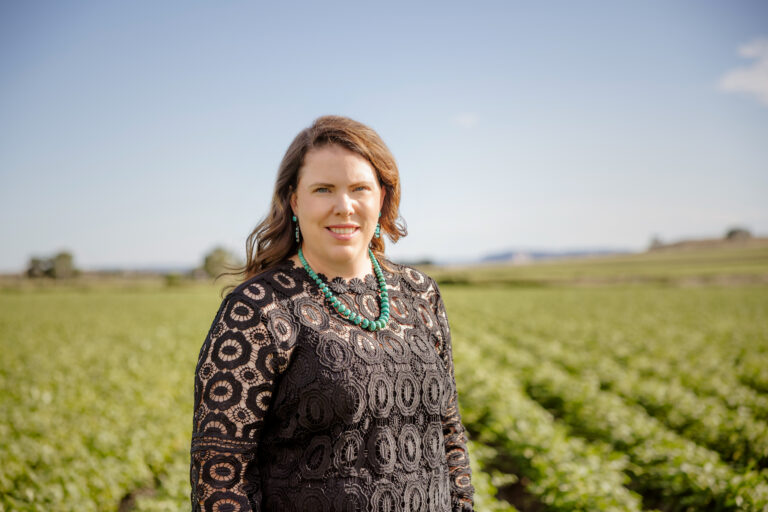Answers to 5 key questions about farm succession planning


Melissa Norem
General Manager
March 25, 2025
Driving down Highway 65 in central Iowa, looking to the east, I could always pick out the family farm on the horizon: steel bins, red-trimmed white sheds and the windmill turning in the breeze. This is home, and while I haven’t lived there for years, I get that same sense of home every time I go back.
My family’s farming operation, like many throughout the United States, is going through a transition. My sister and I have jobs off the farm and do not plan to actively operate it. Our parents instilled in us at an early age the importance of protecting the farm’s longevity. This has caused us in recent years to start having conversations about the next steps when a family member is not operating the farm. While not every conversation is easy, the hardest part is getting started.
Those conversations could become more common as the average age of producers continues to rise. The number of producers 65 and over nationally increased 12 percent between 2017 and 2022, according to the U.S. Department of Agriculture. The average age of producers is 58.
To help families learn more about farm succession planning, we talked with Jessica Groskopf, an agriculture economist with the Nebraska Extension, to address five commonly asked questions. She also presented on the topic recently to our Farmer Advisory Roundtable Members (FARM) advisors during their meeting at Scoular’s Omaha headquarters.
What is a key first step in farm succession planning?
Determine whether the farm will be transitioned to a family member who is “ready, willing and able” to take on the operation or to an outside operator. Organize a family meeting with all members you think might have an interest. Share your goals for the future of the farm and the potential timing for a transition.
For some families, the meeting might just include the children. For others, the gathering might include grandchildren, nieces and nephews and other relatives. Sometimes producers are surprised that the child or grandchild they thought would be most interested, doesn’t want to take on the farm. But another relative expresses a strong desire.

What if there is not a family member interested or available to take over the farm?
There are options including transitioning the farm to an existing farm employee, a neighboring farmer, or a young farmer looking to establish themselves. Connect with local farming networks, agricultural extension services, and farm transition programs to identify potential candidates. Look for someone who has the skills, experience, and passion needed to manage and grow the farm effectively.
Some states, including Nebraska offer programs, help to connect land seekers with retiring landowners. Even if no family members are taking over the farm, it is important to communicate your plans with them to avoid misunderstandings and potential conflicts.
What professionals should I consult during the process?
It’s important that your farm succession planning checklist includes building a team. Accountants, attorneys, bankers, insurance agents and financial advisors are all among the professionals who can provide assistance. Look for professionals who have experience in agriculture and with farm estate planning. Make sure they have experience providing customized plans vs a cookie-cutter approach. Interview each professional before bringing them on. Remember – you are in charge. Listen to their advice but make sure you understand what they are recommending.
What will my team need from me?
A detailed inventory of farm assets is essential, and would include:
- Land and buildings
- Equipment and machinery
- Livestock
- Crops
- Financial documents such as bank accounts, investments, insurance policies, and outstanding loans

Jessica Groskopf, Agriculture Economist, Nebraska Extension
What are some of the biggest misconceptions about farm estate planning?
One is thinking you should have a plan only if you are wealthy and have a big farm. It’s important for producers with all sizes of operations to have a plan. Another misconception is that transition planning can wait until a producer is reaching retirement age. Plans are just as important for younger producers. Whether you are 45 or 65, your farm is a business and a legacy. A plan helps ensure business continuity, and protects the legacy.

